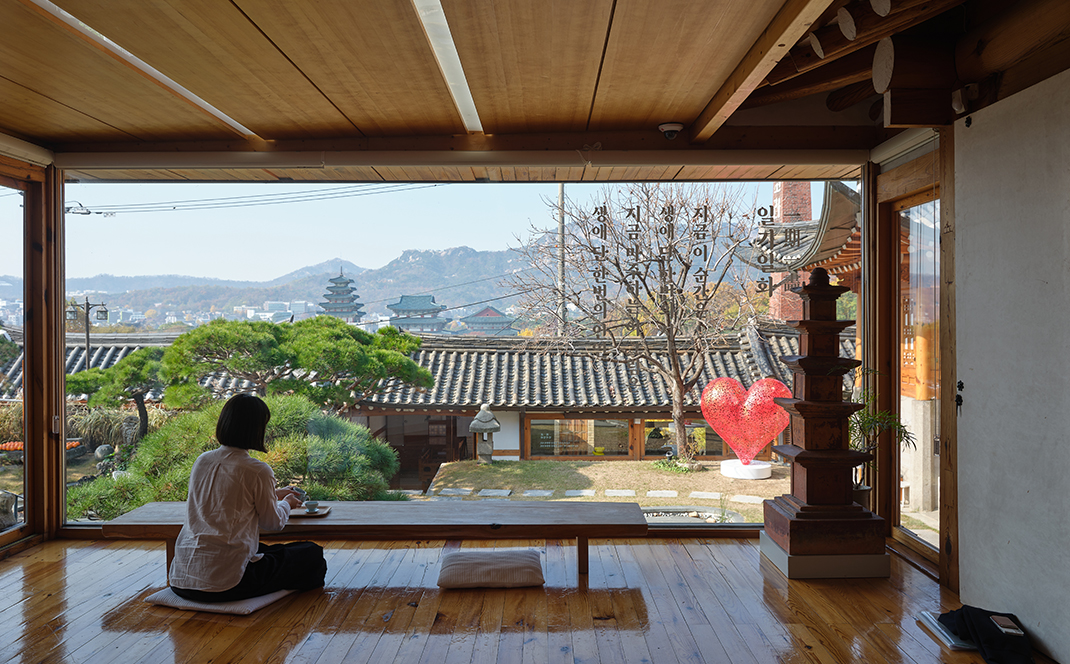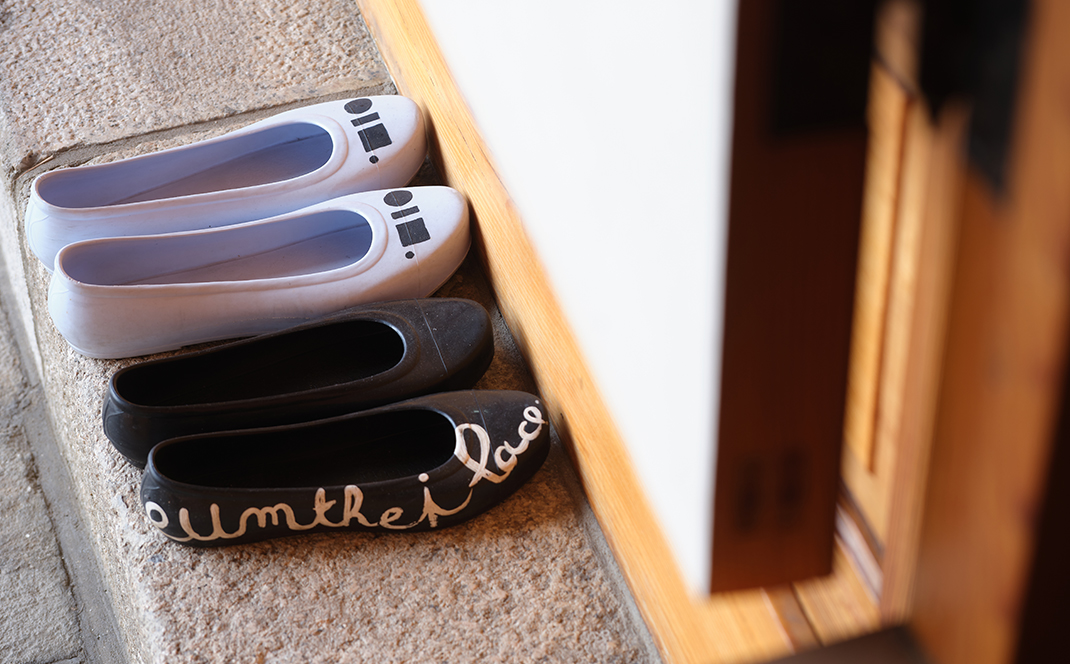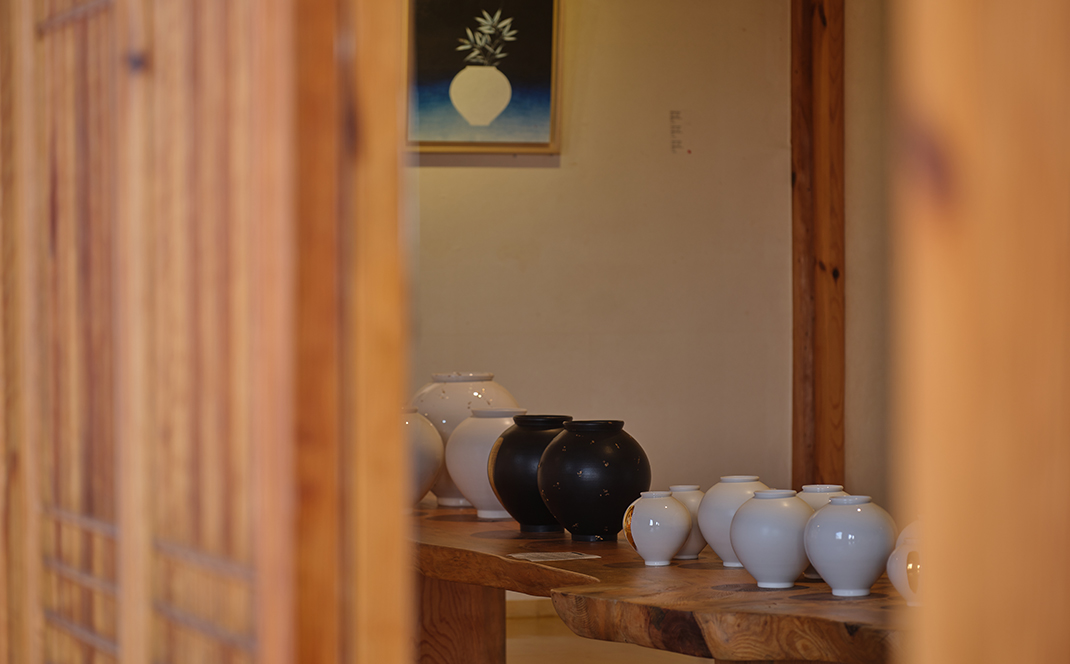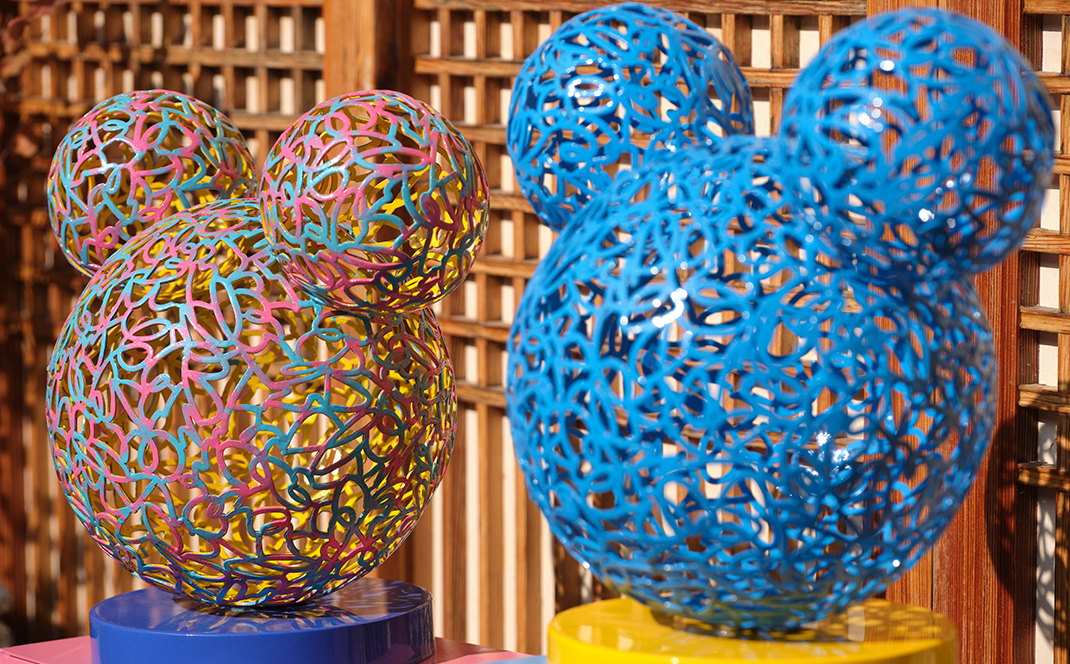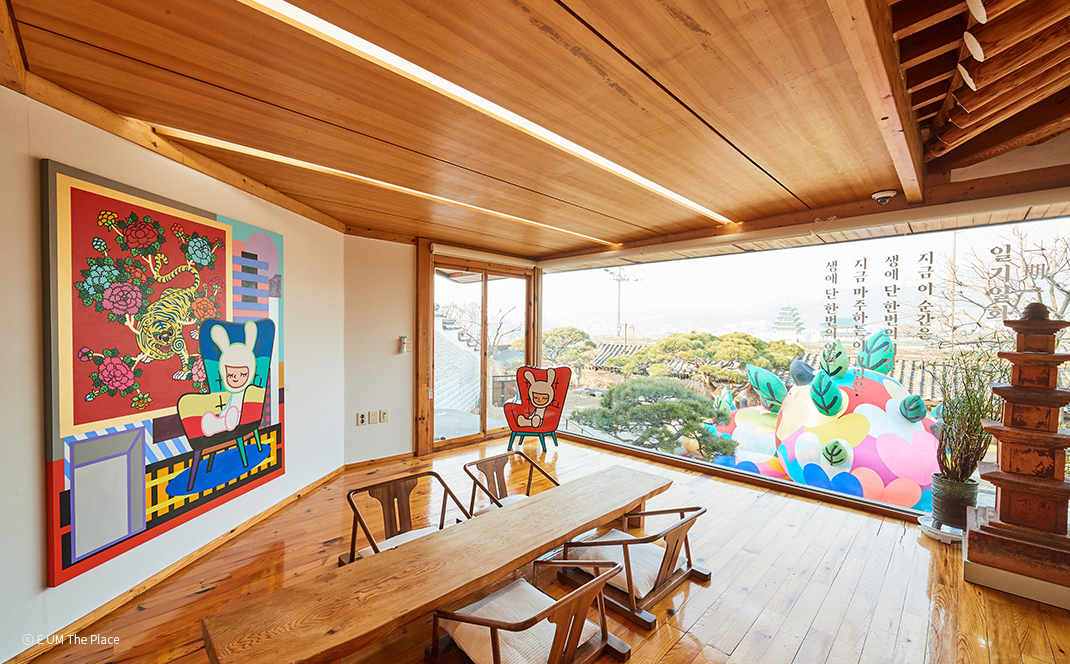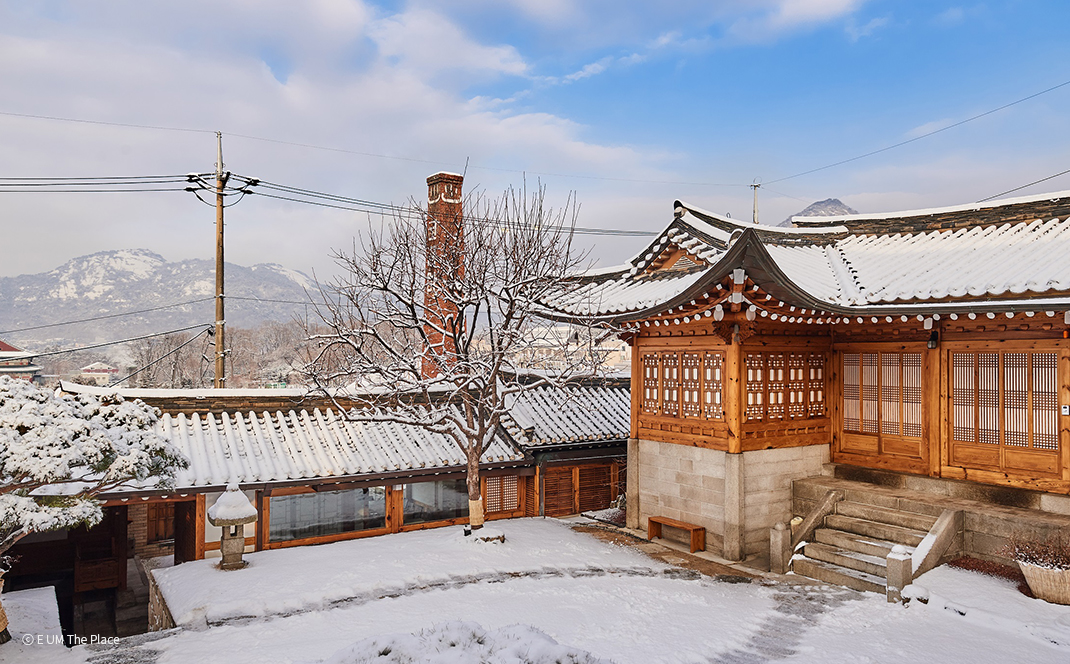A Challenge Aimed
at Developing Hanok
E UM The Place Connects the Dignity of Tradition with
Today’s Beauty and Tomorrow’s Value
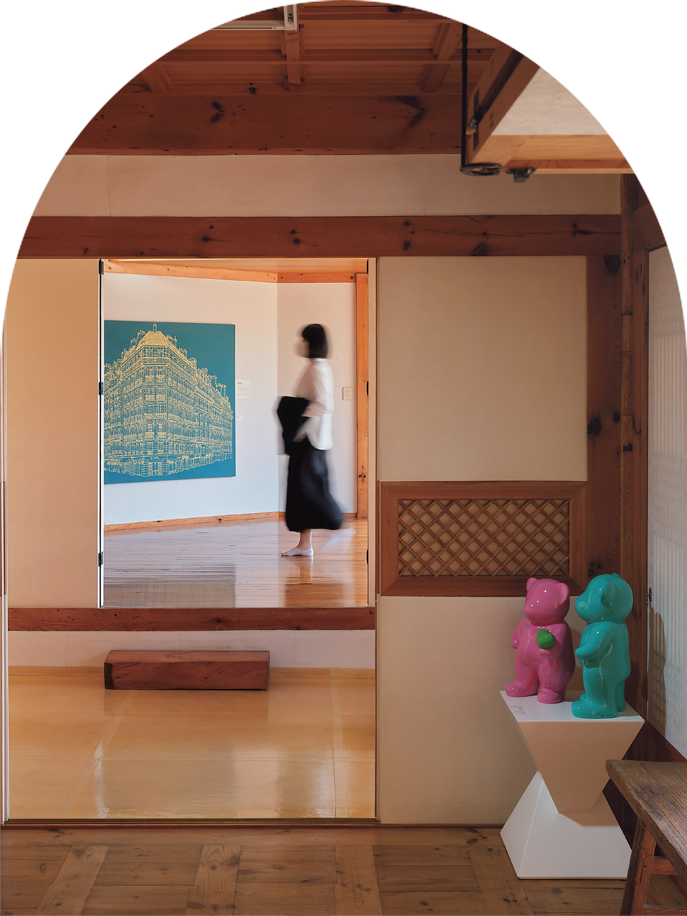
WRITTEN BY
Jung Eun Kwak,
general manager of
E UM The Place
Photographed by
Studio Kenn
In Samcheong-dong, many of the attractive-looking Hanok (traditional Korean houses) there are residences, but some are used as galleries, collaboration spaces for global brands, places for international social events, spaces for architects and scholars to do their work, and spots for ordinary people to enjoy their leisure time. Sometimes, all of these things happen in just one place, just like at E UM The Place.

The Most “Korean” of Spaces
European architects and professional artists visited E UM The Place while they were searching for motifs for a Hanok they were going to build in Basel, Switzerland. Because Hanok represents the “essence” of Korean culture, the experts had visited a great number of Hanok, and after carefully examining E UM The Place, they had high praise for it as a “Hanging Garden” with three distinctive features.
The three distinctive features of E UM The Place included the fact that, Gyeongbokgung Palace―the main palace for a past Korean dynasty―seemed to serve as its yard; the Hanok’s roof rather than walls acted as a wall, shifting the flow of air to give it a peacefulness that seemed to separate it from the outside world; and, finally, the heights and positions of the buildings were so well selected that it gave visitors a sense of calm akin to being hugged within their mother’s bosom.
The history and architectural background of E UM The Place can be explained better when examining the three features observed by the foreign experts, who did not have much experience with Korean culture.
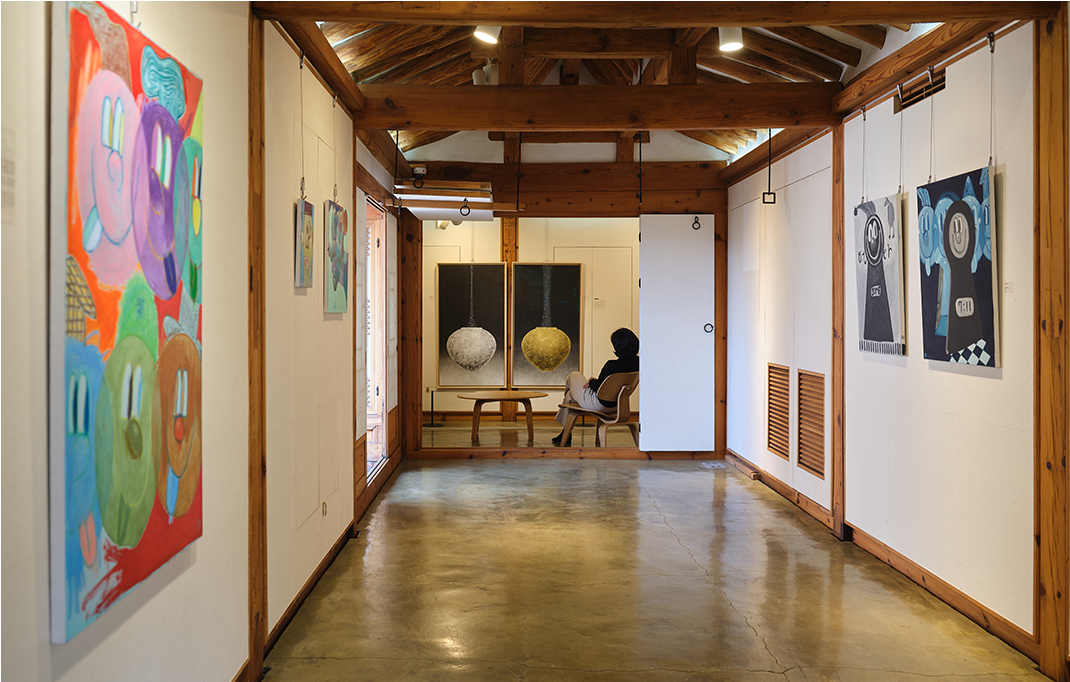
On the wall of the Hanok is the work of artist Kang Mok, and inside the room is the work of artist No Eunhee.
Gyeongbokgung Palace was the main palace that signified the authority of the royal court, and its borrowing of the natural environment and surrounding beauty to add to the beauty of the structure was awe inspiring. Moreover, Bukchon, nearby Samcheong-dong, has gardens where flowers and trees were cultivated by the royal families of the Joseon Dynasty. Samcheong’s mountains, water and general good vibes likely led to its naming. Amid the intense changes in international affairs in the late Joseon Dynasty period, the power of the royal court waned, leading the nobility to take up residence or construct villas in the Samcheong-dong area. E UM The Place was born from the traces of that history when the structures there were built there in 1908, a time when there was a new trend of living in Hanok.
When the children living in the Hanok began to leave home, its owner opened it up to the public to share its atmosphere with the greater public. From 2006, construction was started to combine the main house with a nearby Hanok and to combine two Western-style houses.
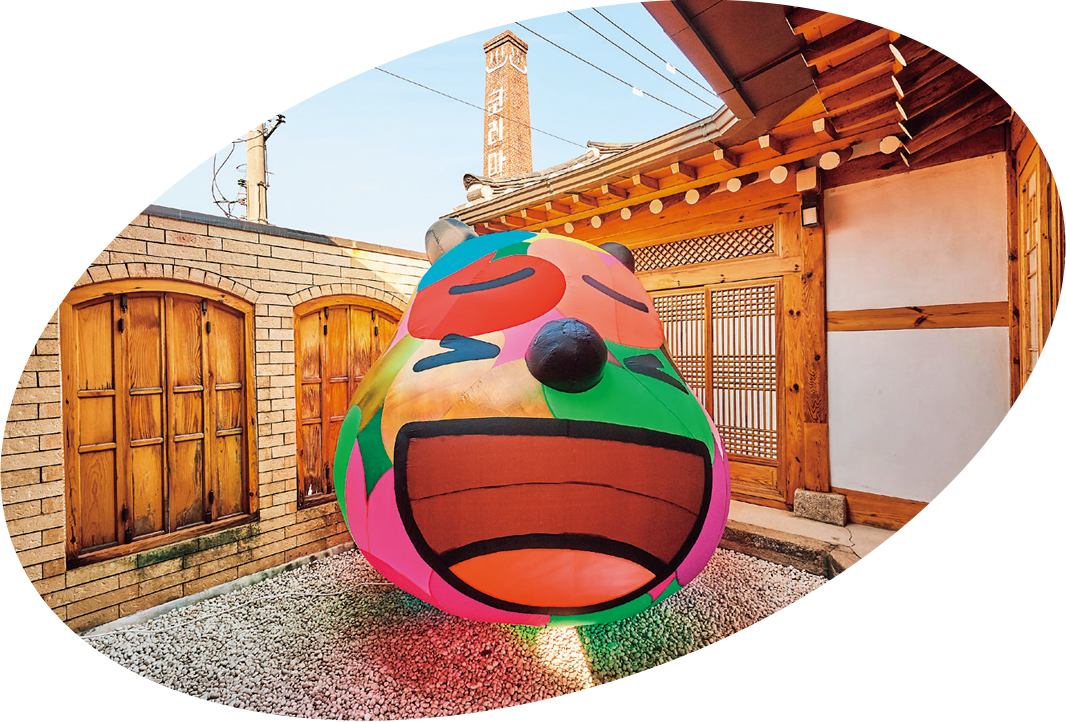
The annex hosts the work ‘The Hart Motaru’ by ARTNOM ©E UM The Place
There was a great deal of discussion between the owners of the space and Hanok architects about how to repair the Western-style homes. The Western-style houses were finished to serve as the fortifications of the Hanok castle in consideration of the zeitgeist at the time of their construction of empowering the nation’s power, promoting a sense of national spirit, and implementing a proactive response to international changes. In a dramatic move, the external stone walls were constructed with material that reflectively diffused sun and water and could tolerate changes in the four seasons. Of course, in contrast to the external walls that give off a strong sense of being the walls of a fortress, the courtyard has a pond with a pavilion to bring a sense of harmony between yin and yang.
The space’s name, E UM, was also part of an effort to meld Hanok’s past and future. If you carefully examine E UM’s space, you can find the modern-day efforts to creatively succeed the atmosphere created 100 or so years in the past and realize that it is space of living full of warmth.

Persimmons picked from an old tree in the yard ripen.
Connecting the Heart with Culture
E UM The Place is a bridge between the past, today and the future. It aims to be an appealing cultural hub that adheres to Korea’s unique sensibilities while also expressing a flexibility with various genres of modern art.
Up until this point, E UM has played a myriad of roles, including as a provocative gallery that allows for dynamic artistic attempts unable to be placed in a white cube; a space for collaboration between Korean culture and world brands such as Gucci, Cartier, and Burberry; a space to show off Korea’s soft power through international events that gather Korean and international innovative leaders; a place for architects and scholars to visit and explore the beauty of Hanok built in the late Joseon Dynasty era; and as a space for celebrities to communicate their important life memories at Hanok.
Recently, the pairing of exhibitions for visitors and refreshments from traditional culture has made E UM The Place a space to satisfy all five senses as it attempts to shift to become a new landmark in the Bukchon cultural experience.
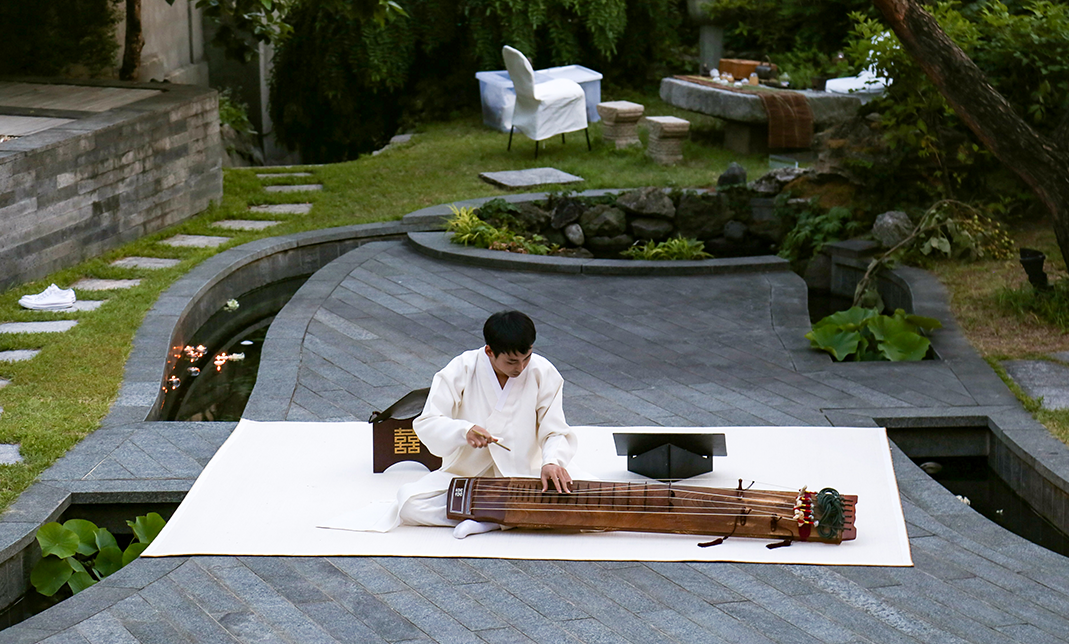
A geomungo (long zither) player performs in the yard. ©E UM The Place
Preserving the Humor, Wisdom and Value for the Future Generation
E UM The Place is a particularly interesting place to behold.
There are five yards intertwined between the main house and the annex. This interesting structure gives the space a true openness that allows someone sitting at the corner of the main house the ability to see a corner of the annex; yet it is so divided that visitors can be confused about where the entry is.
Rather than showing off a structure made through human-made technical skill, the space maintains as much as possible the characteristics of original Hanok with intention at a minimum and its bold and strong expression while its pond, which exudes elegance spread out wide in the yard, radiates modesty and class.
The space was created to reflect the wisdom of the ancestors of modern-day Koreans. Inside the structure are upper floors and ondol in each room to allow visitors to feel the atmosphere of the changes in nature and the seasons. Outside, the trees, stones and soil are arranged in a confrontational yet harmonious way that allows visitors to feel a sense of tranquility rather than a sense of displacement from the completely different natural elements.
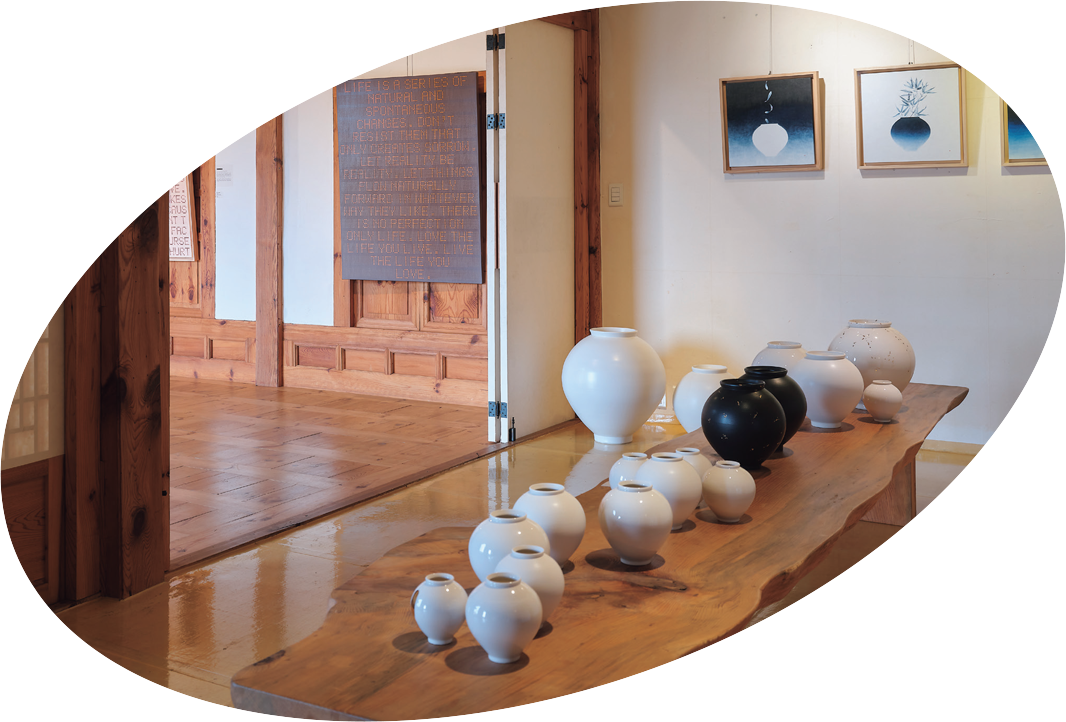
Artist Cho Sung Hyeoun’s white porcelain and black porcelain are displayed naturally.
Moreover, upon opening the main gate and entering, the unexpected excitement one experiences on the way to the main house is an architectural attempt to express movement and quietness at the same place; this sort of humorous element is hidden throughout the structure.
The true beauty of Hanok is its inclusion of natural elements into its structure. This is because the harmony of building and nature is at the heart of Hanok, as it is also the philosophical grounding of Korean art. This melding of nature and structure in E UM The Place makes it the highlight of Hanok found in Seoul.
E UM The Place is a space that keeps the dying beauty of Hanok alive. As such, it is where the wisdom of modern-day Koreans’ ancestors and their humor can be found, making it not just a simple structure, but a work of art that harmonizes history, culture, nature and even people. E UM The Place cherishes the hope that it can grant even just a little value and significance to the history of Korea’s Hanok.
Other Articles
-
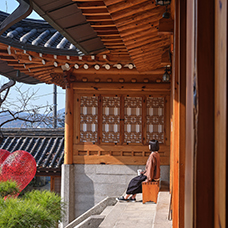
Special Ⅰ A Challenge Aimed at Developing Hanok
-
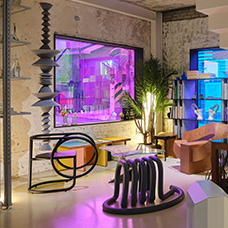
Special Ⅱ Stay, Experience and Drink
-

Trend Houses For All
-
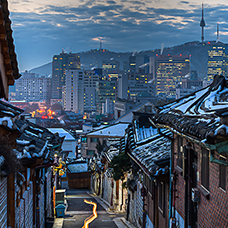
Hidden View A Two-sided Alley
-
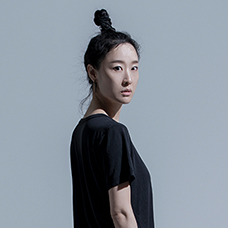
Interview Choreographer Kim Bora
-
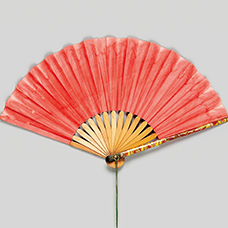
Art of Detail Outstanding Ornaments
-

Film & TV 20th Century Girl
-

Collaboration The Most Luxurious Canvas
-
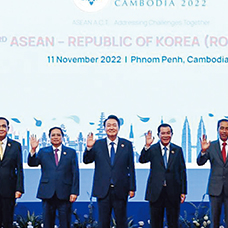
Current Korea Korea Reaffirms Solidarity
-

Global Korea Large-scale Exhibition of 50 years of K-pop History

